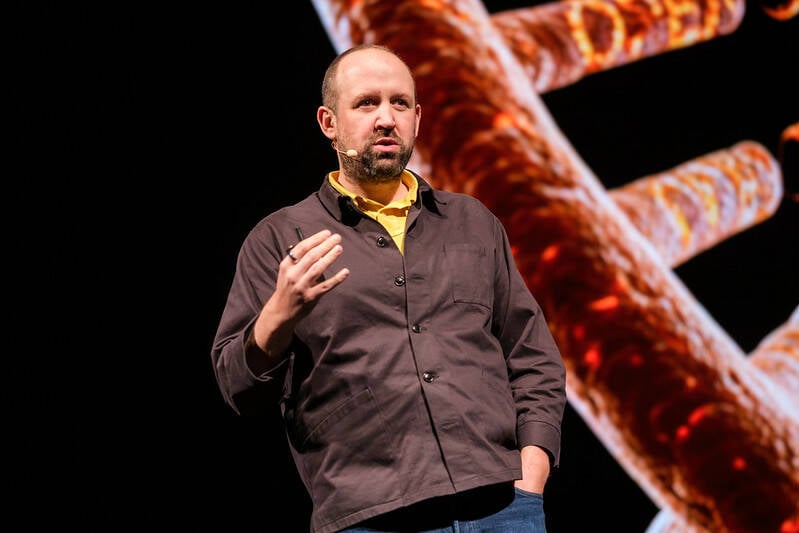
"Bring Your Own This, Bring Your Own That. Enterprises are being sold concepts that allow them to bring their own resources to a vendor's party, potentially cutting costs, addressing data sovereignty concerns, enhancing security, or a combination of all three. However, Tom Wilkie, CTO of observability outfit Grafana Labs, reckons that companies need to exercise some caution and understand exactly what they are getting into before turning up at a vendor's doorstep with their cloud in tow."
"Grafana's approach is to treat the customer's cloud resource as just another region for Grafana's cloud, although completely isolated (Wilkie is keen on the words 'blast radius' for when things go wrong elsewhere). The customer is expected to provide an isolated account for Grafana's engineers (the company certainly does not want any access to data or resources it doesn't need) and then leave those engineers to do their thing."
"Enter Bring Your Own Cloud and a license, which Wilkie tells us can run into "millions of dollars a year." "They [the customers] pick up the infrastructure cost, the platform cost... we run it on their dime, but we're the ones operating it. We upgrade it, we patch it, we're on call for it, we're defending the SLO, we're scaling it, we're deploying new features. To us, this is any other Grafana Cloud region.""
Bring Your Own Cloud (BYOC) enables companies to host vendor-operated services within their own cloud accounts, isolating data and reducing sovereignty concerns. The vendor treats the customer's cloud resource as a separate region and operates it fully while the customer pays infrastructure costs. Customers must provide isolated accounts and grant limited access for vendor engineers. The model suits organizations needing cloud-scale managed features without self-hosting, often when SaaS discounts plateau. Licensing and operating fees can reach millions annually. BYOC demands careful planning, strict isolation, and acceptance of operational responsibilities by both parties.
Read at Theregister
Unable to calculate read time
Collection
[
|
...
]